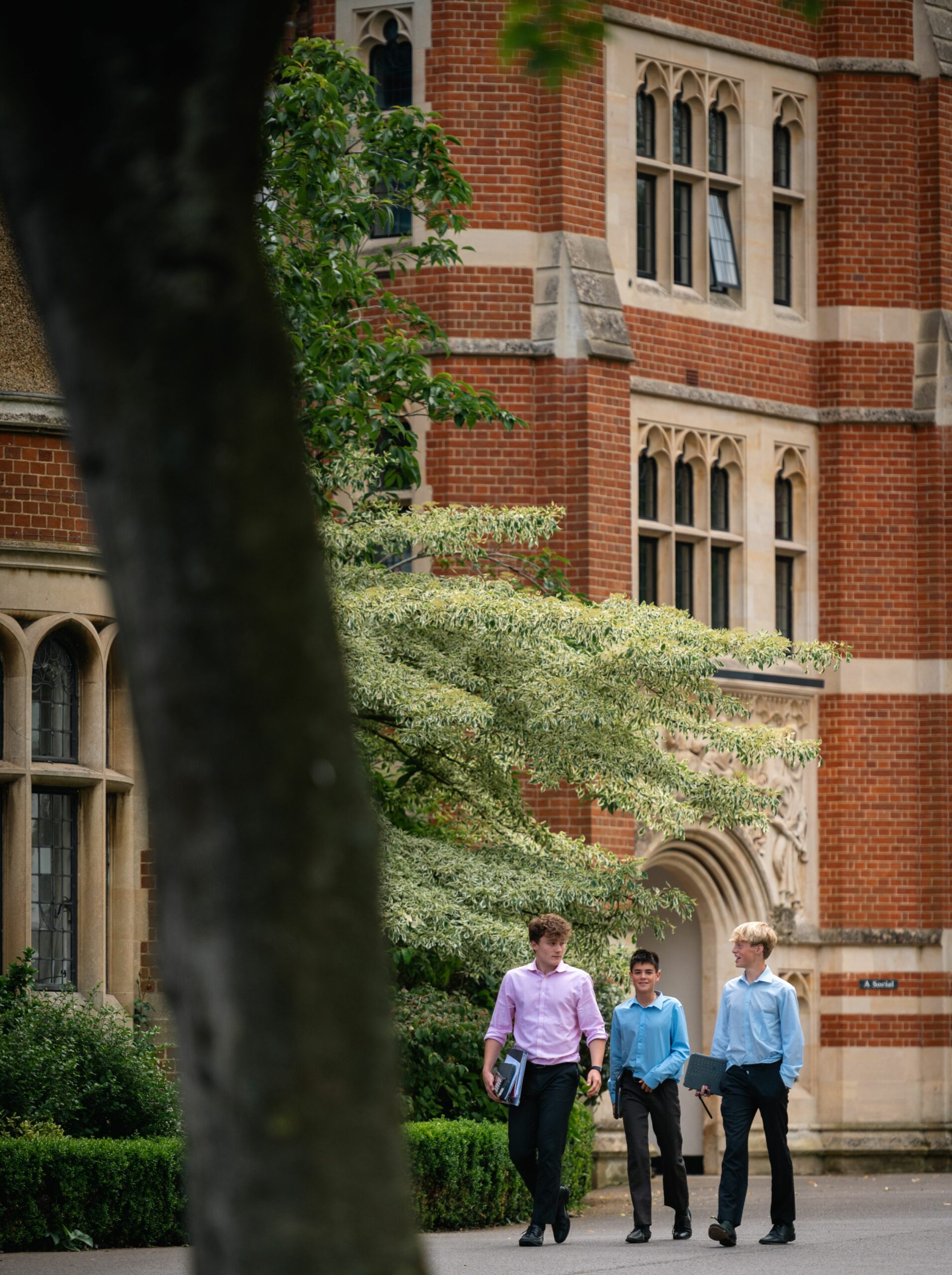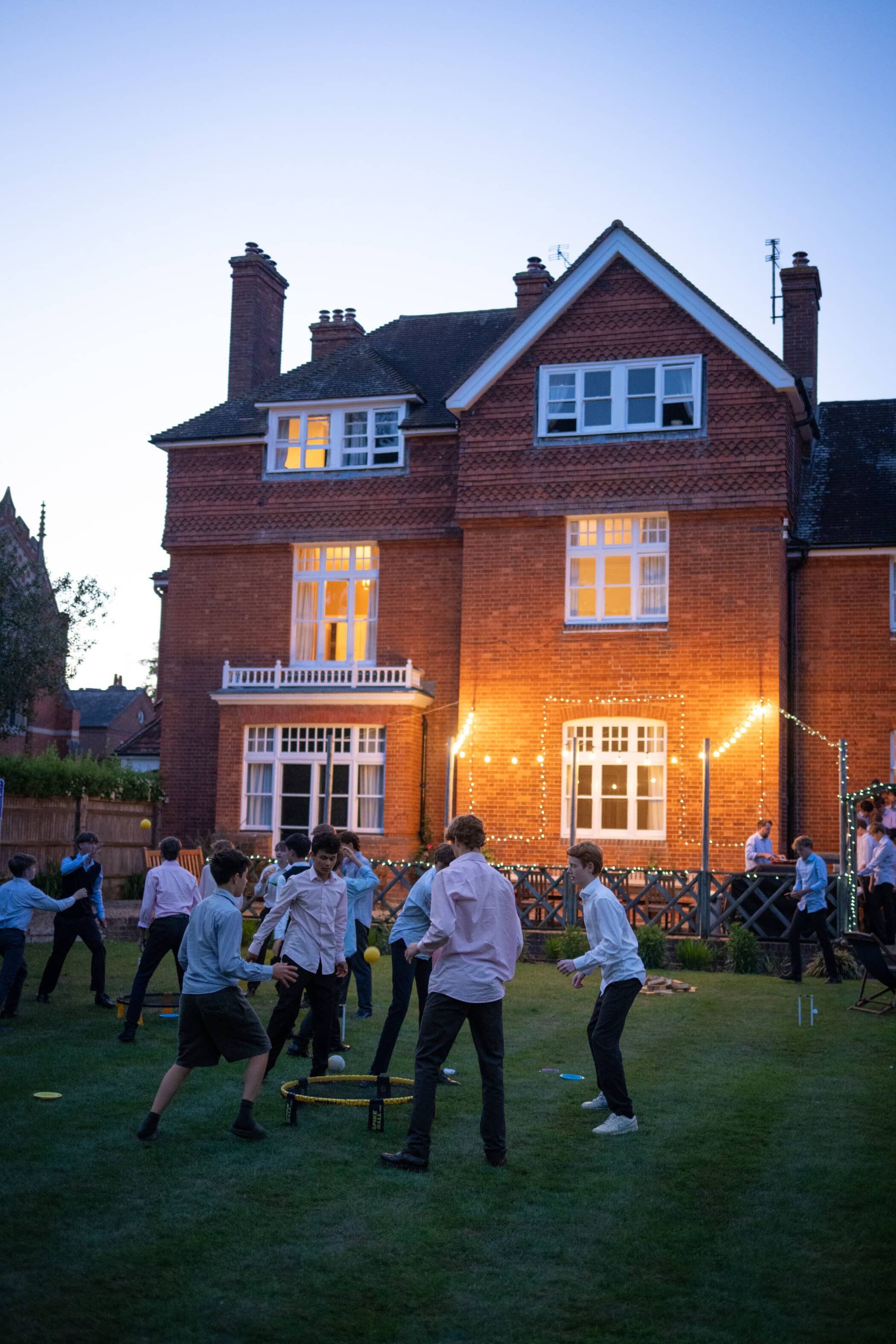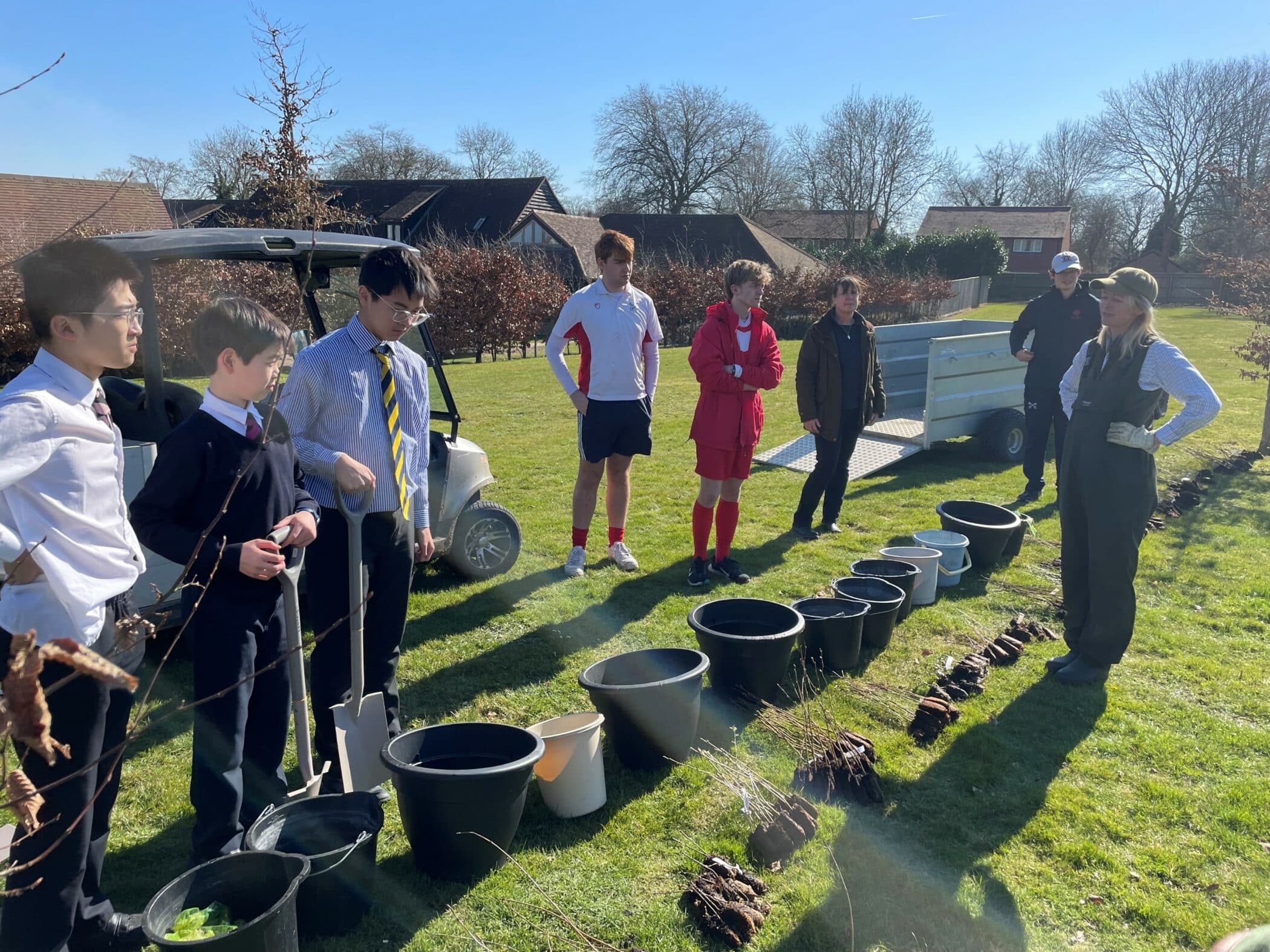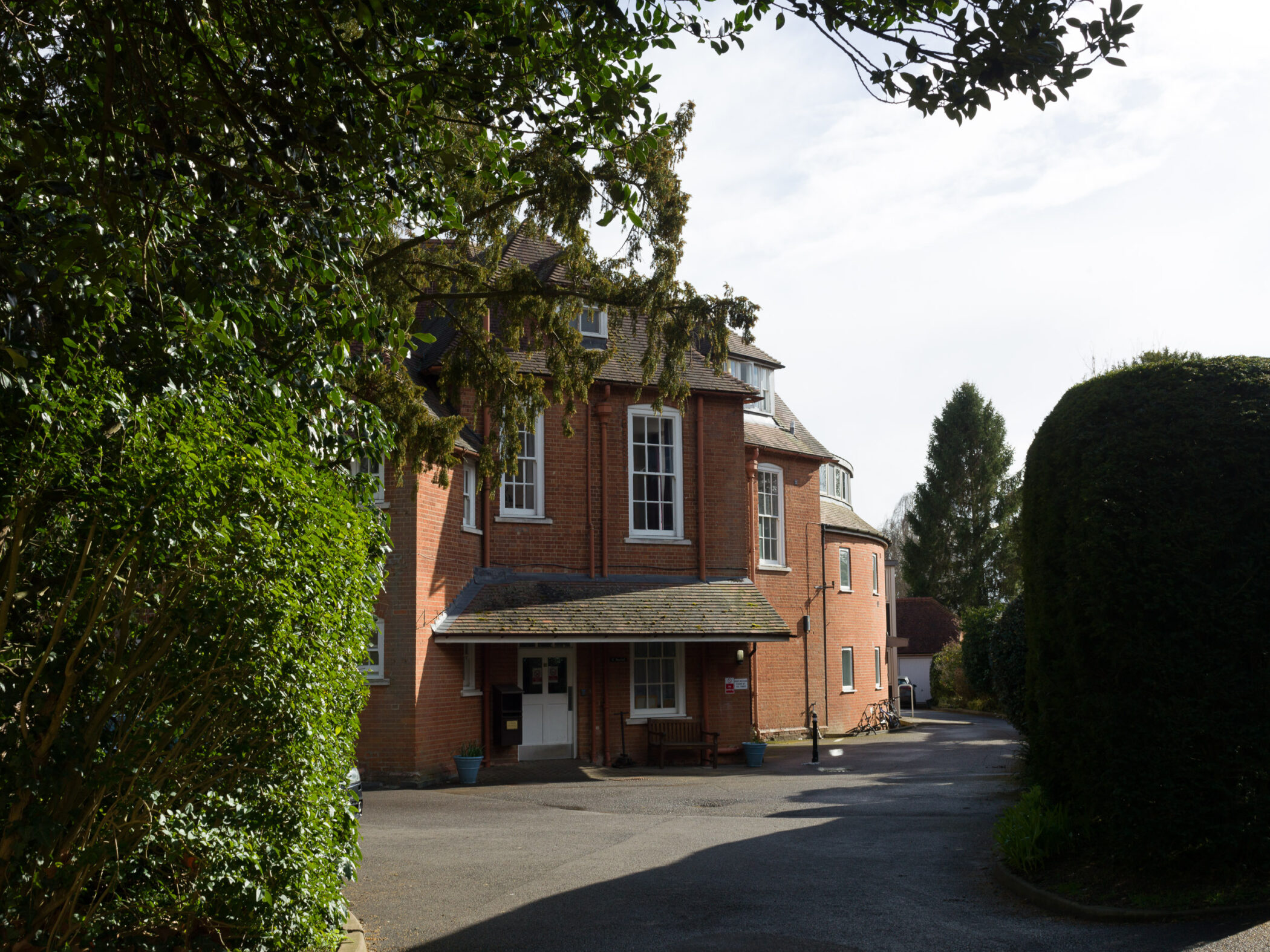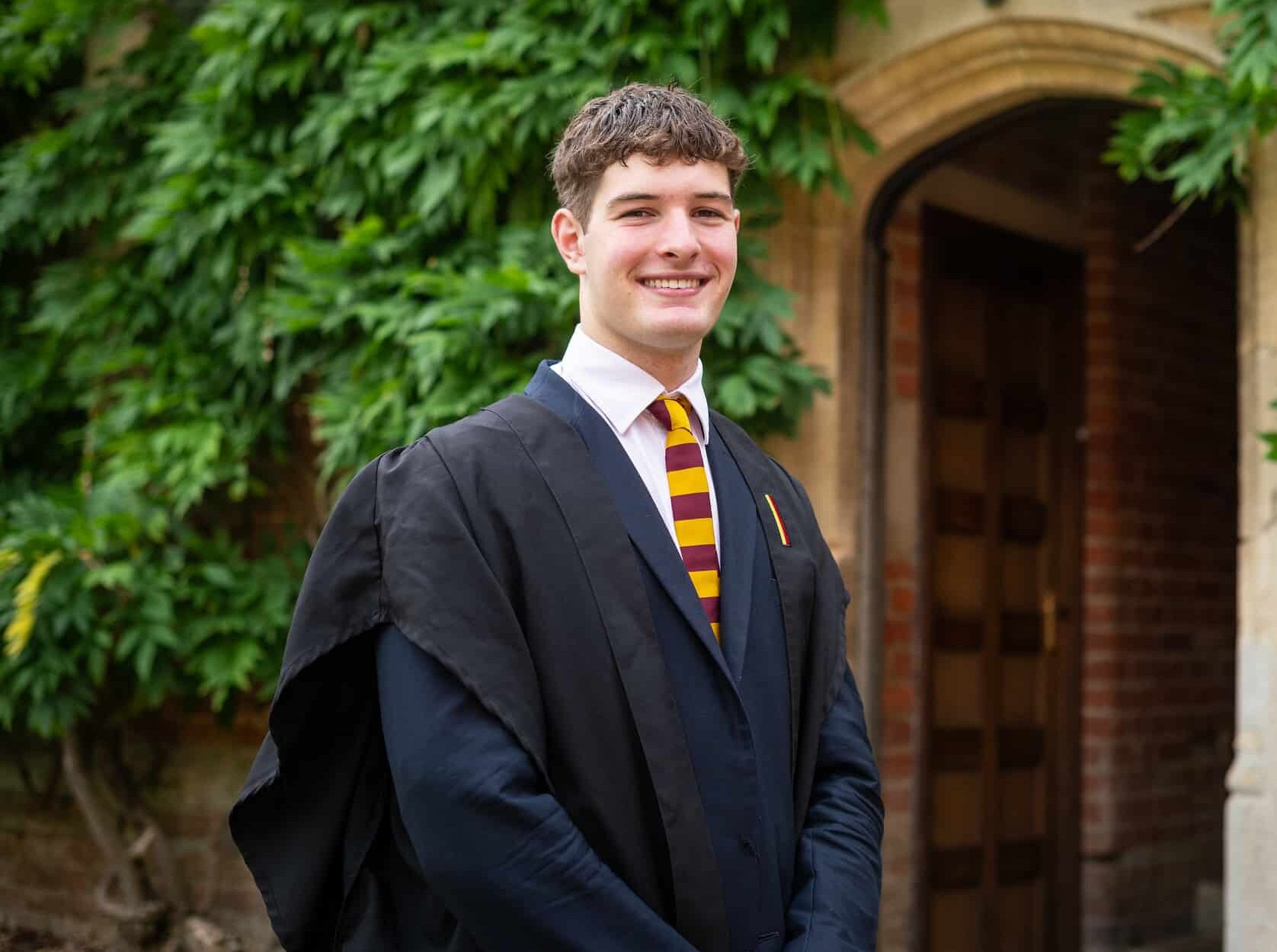Estates Bursar David Anderson takes a look at the history of the campus through its architecture, turning his attention this time to A Social and looking back to its construction.
A Social was designed by Arthur Ryan Tennyson and completed in 1904. The building cost £8,500 and increased school numbers to 199. His only previous building is the Old Pavilion which was completed as part of the school’s 50th anniversary celebrations in 1897.
The opening of A Social was on Gaudy 1904 by the Archbishop of Canterbury, Dr Randall Davidson – the name and date are inscribed on the stonework of Croome’s Tower. As you can see from plans (below) the building consisted of small bedroom cubicles on all floors and what looks to be a Tutor’s House the same size as the Social. The building was not originally called A social as it was not until 1932, on completion of B social, that the social groupings of boys were arranged in specific buildings.
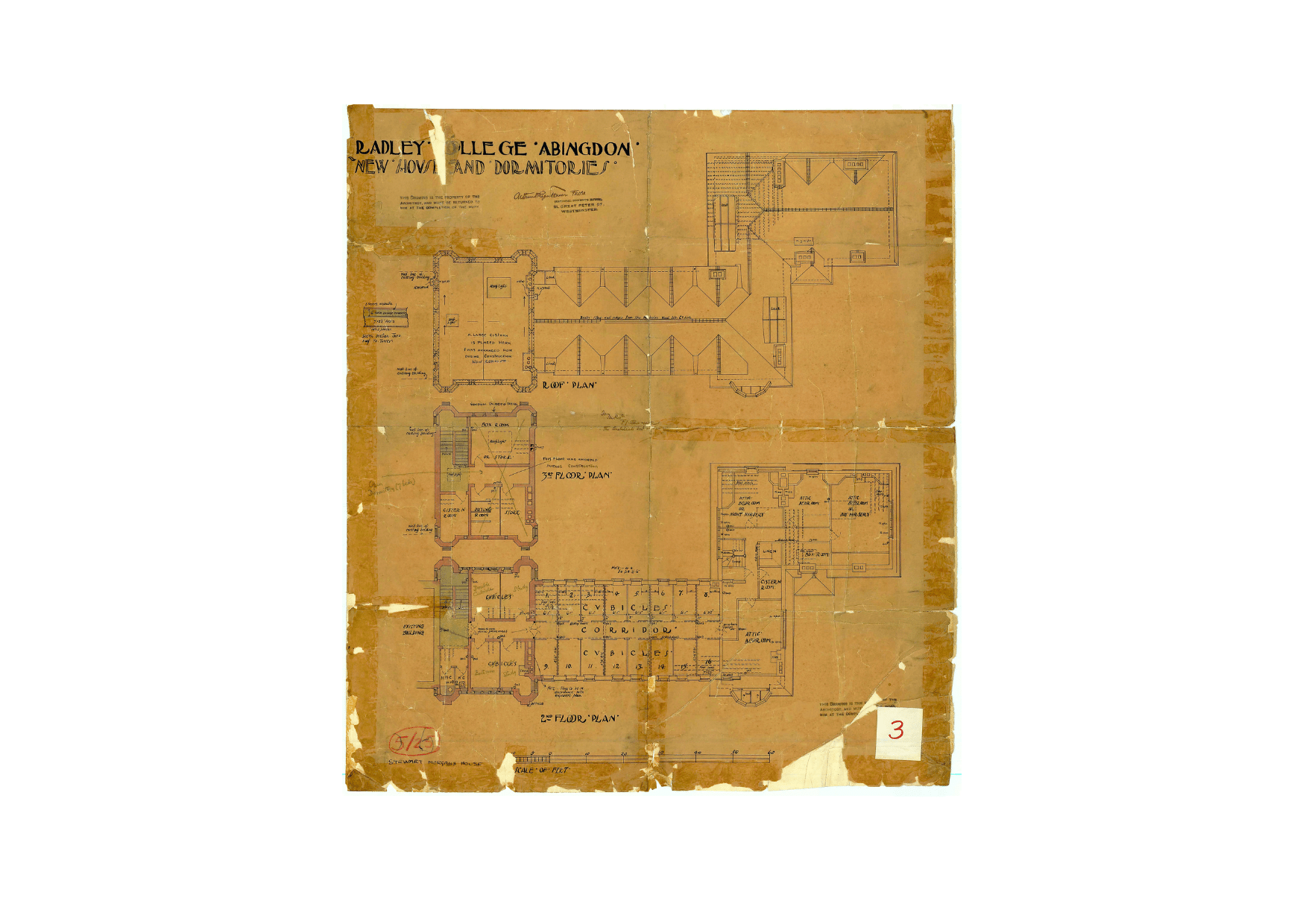
Croome’s Tower, while signifying the entrance to the building, had a more utilitarian purpose. It was the original college water tower where water was pumped from an adjacent well up to a tank on top of the the roof that fed the majority of the campus.
Tennyson designed one more building straight after A Social. This was a new Science Block which was used until 1938 and is now the Sub-Tutor’s wing of A Social. If you look carefully at the rear of the building on Social Patch you will be able to see where the gap was infilled in the 1960’s.
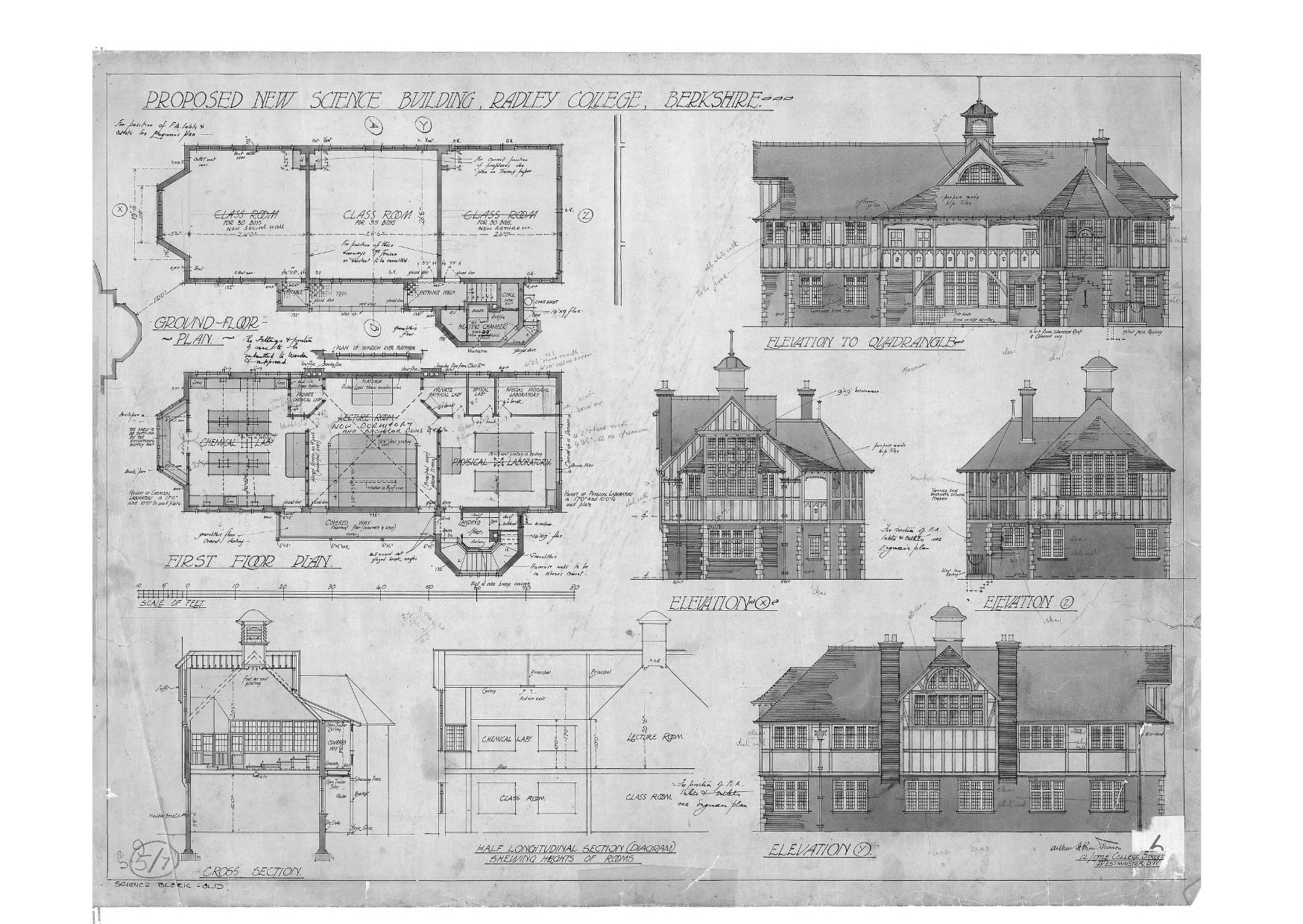
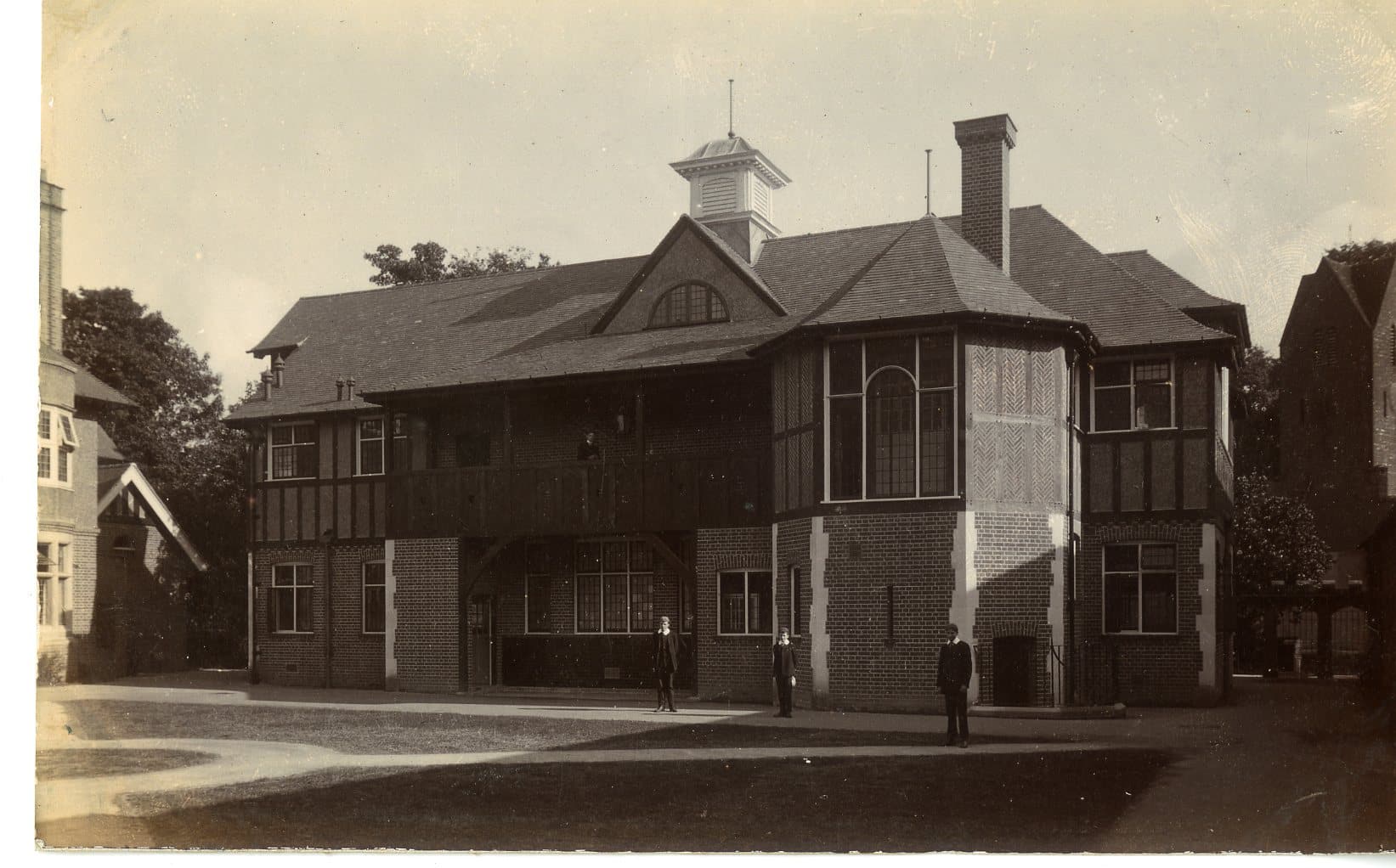
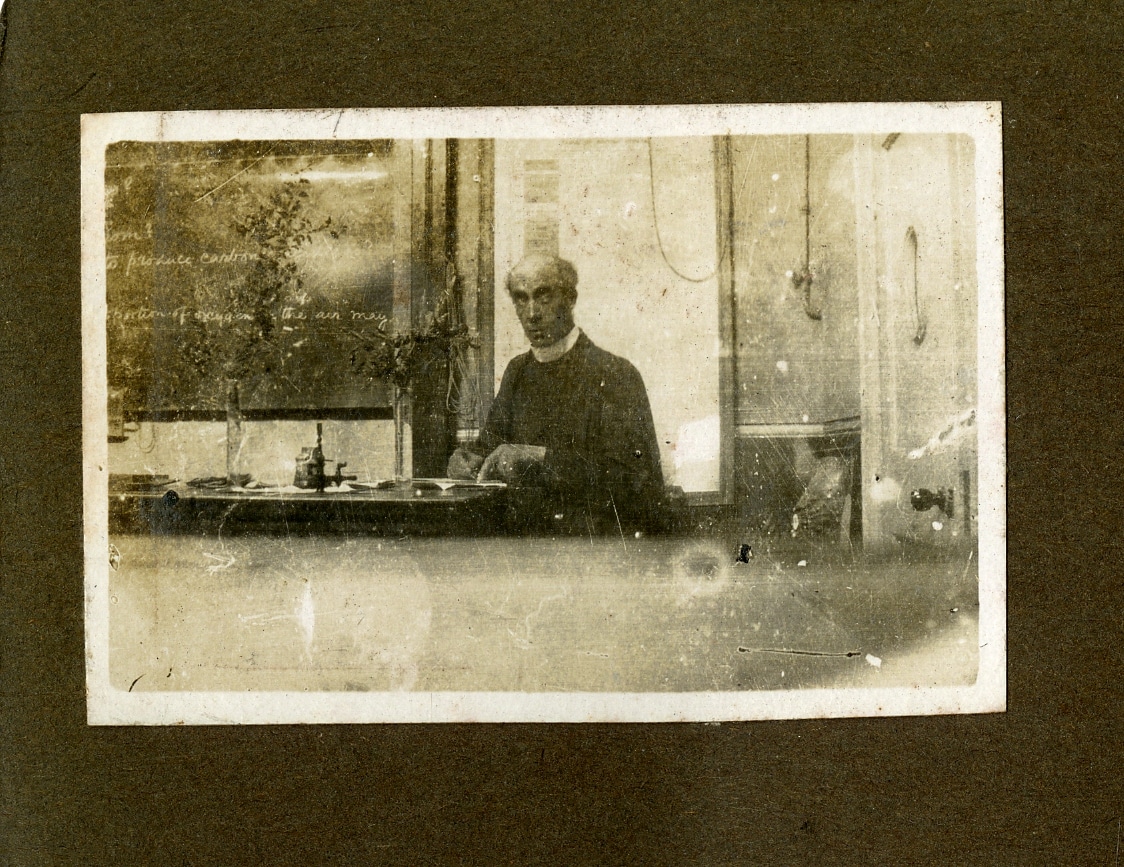
Interesting Fact
The carved stone frieze above the Croome’s Tower entrance is called ‘Christ Among the Doctors’ and it was carved by Messrs HH Martyn from Cheltenham by a 17 year old apprentice who was paid 4 shillings a week. He came by train at the start of the week and lodged in the Station Master’s cottage which still exists today next to the Bowyer Arms. His age and inexperience brought on a complaint by Warden Field as this was a very important piece of work at the heart of the college. As the work progressed the Warden would stop on his horse and look under the tarpaulin at the work. He would nod with approval.
The apprentice was William C. H. King who had an illustrious career exhibiting annually at the Royal Academy and he was elected president of the Royal Society of British Sculptors from 1949 to 1953.

